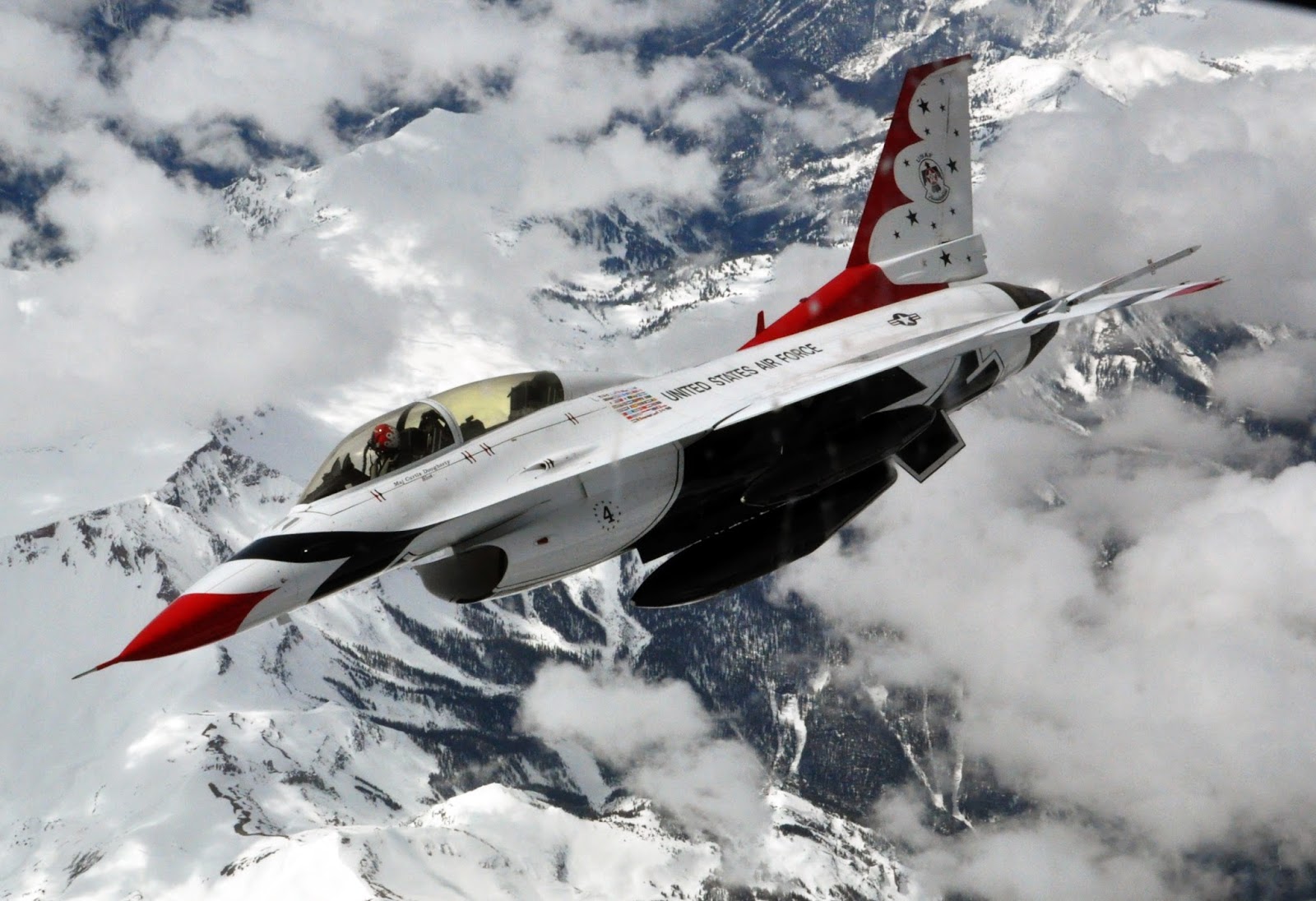The US Air Force is testing unmanned F-16s as a wingman for a real pilot

There is so much focus on self-driving vehicles these days that it's easy to forget that the military is trying to add AI systems to combat vehicles. And not just in computer simulations, like the exemplary dogfight simulation between an AI and a retired US Air Force colonel that ended in a computer victory. A recent experiment used an unmanned system that autonomously flies an F-16 fighter jet as a wingman to support a human pilot in a separate aircraft. Artificial intelligence has successfully coped with independent adaptation to the situation, as well as planning and executing maneuvers.
What exactly does an unmanned fighter jet do?
The two-week demonstration, called Have Raider II, was the second in a series of tests conducted by key players in the aerospace industry, including Lockheed Martin, SkunkWorks and the US Air Force Research Laboratory. The first experiment was to keep an unmanned F-16 flying as a wingman for extended periods of time, and a recent test tested the aircraft's response to external threats during missions to engage ground targets and calculate new flight plans on the fly. The technologies developed for this line of tests will allow operators of autonomous systems to obtain new software components that will improve their flexibility.
#skunkworks partnered with @usairforce to demonstrate manned/unmanned teaming capabilities: https://t.co/lewPOLz1fI Photo via U.S. air force pic.twitter.com/FThukW424N
— Lockheed Martin (@LockheedMartin) April 10, 2017
This is a big step for the Loyal Wingman program, which aims to create a system for piloting autonomous aircraft that act as wingmen for real pilots. The most important thing about it is that the drone is controlled by the lead pilot in the fighter, and not by the pilot on the ground. This will allow the human pilot to transfer some of the decisions to the processor power of the computer and save time to change flight plans in the middle of a mission and respond to threats - provided that the AI does not turn out to be hostile to people, as it has been shown more than once in science fiction.
Source: lockheed martin